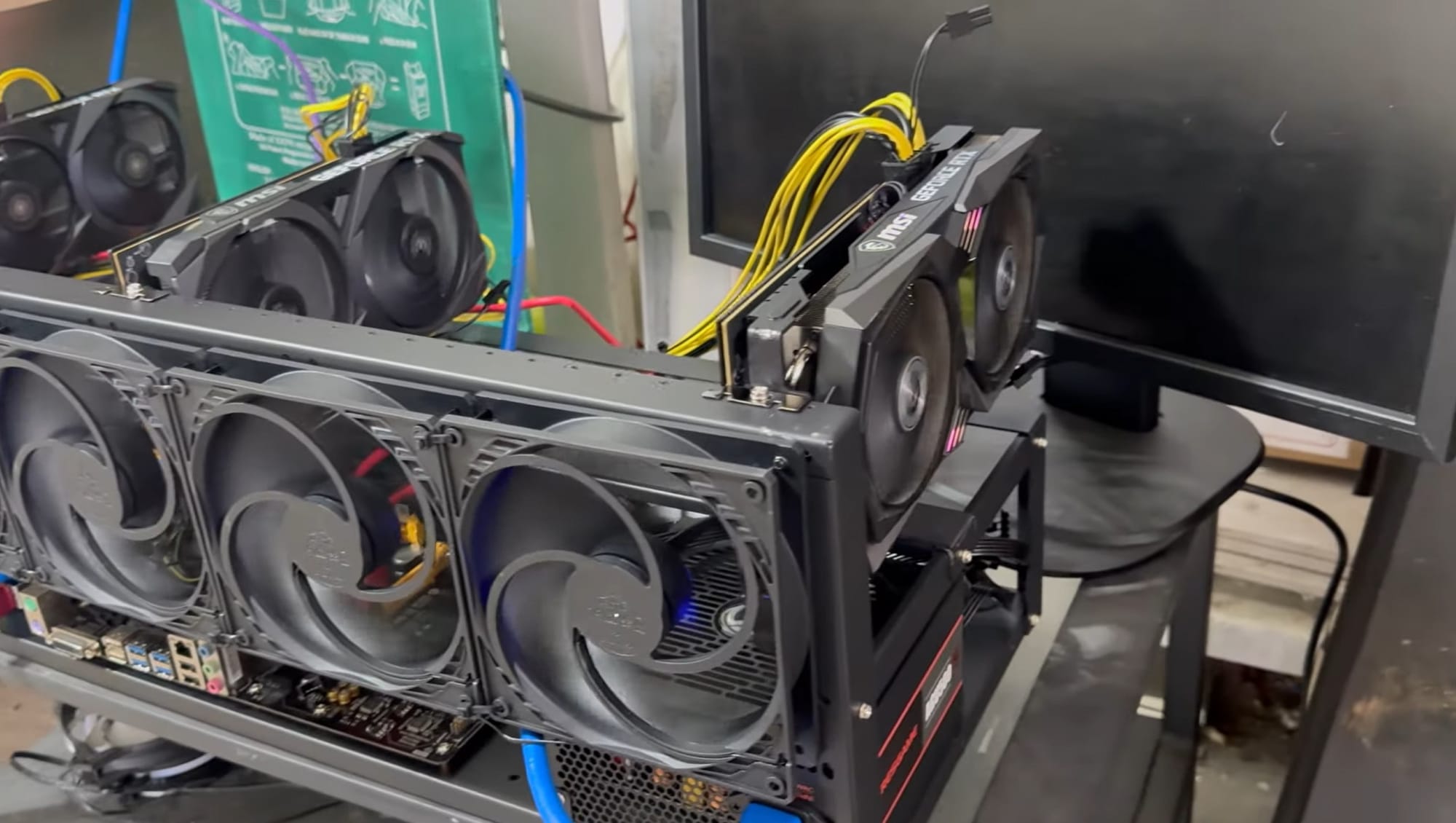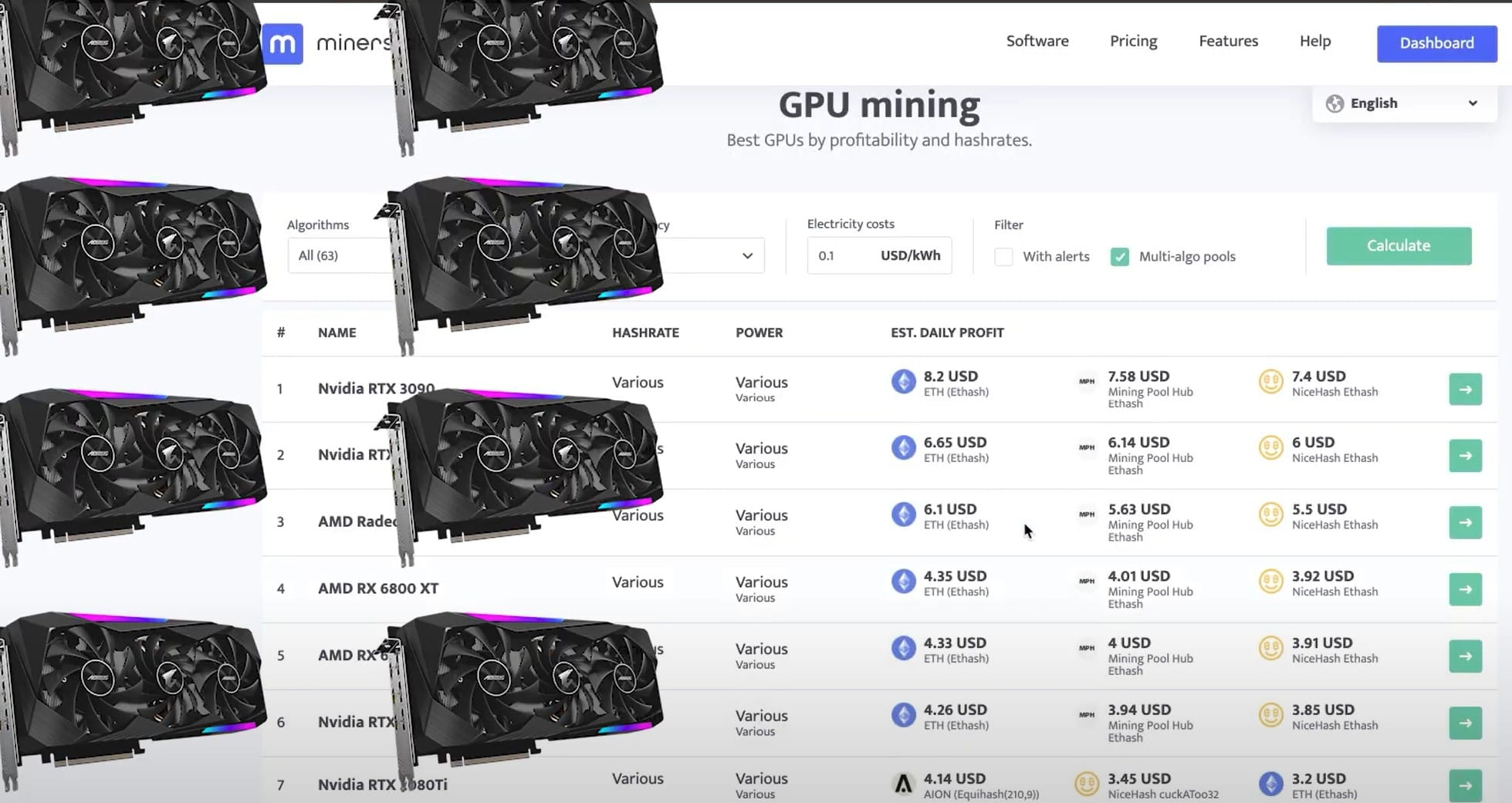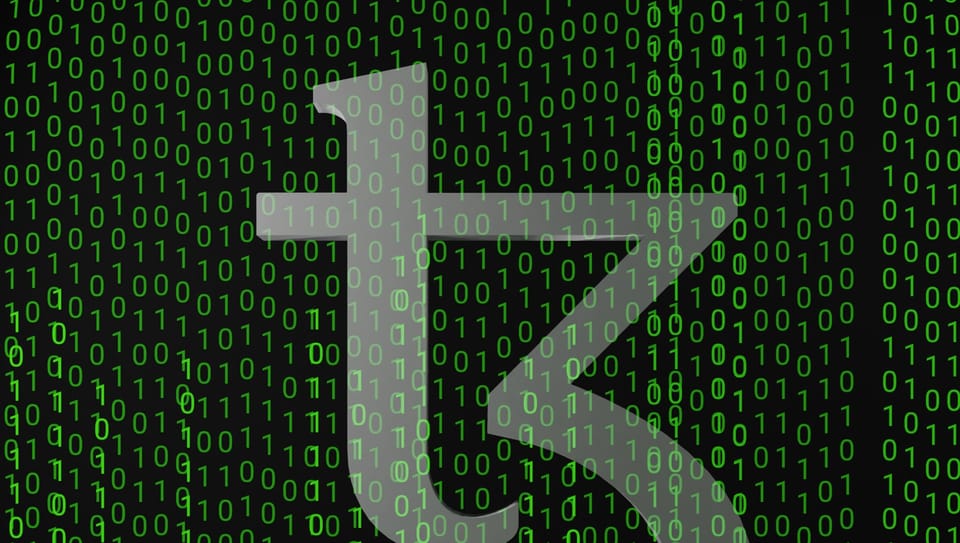Cloud Mining vs. Hardware Mining: Which is More Profitable?
Cloud mining and hardware mining each offer unique benefits—and trade-offs. This guide breaks down both approaches so you can decide which one fits your budget, risk level, and profit goals. From setup costs to passive income potential, learn how to mine smarter.

Mining cryptocurrency has become more competitive, and the path to profit depends heavily on your setup. Some go all in with powerful ASIC rigs. Others rent power from remote farms through cloud mining contracts. The question is simple: which one makes more money?
The answer depends on how much you are willing to invest, how involved you want to be, and how fast you expect returns. Hardware mining gives you control, but it comes with setup costs, electricity bills, and technical upkeep. Cloud mining removes the hassle, but contracts often include hidden fees and limited flexibility.
If you are considering either route, this guide breaks down both options. You will learn how each method works, what the risks are, and which approach better fits your goals and budget.
What is Cloud Mining?
Cloud mining allows you to mine cryptocurrency without owning or managing physical hardware. Instead of buying ASICs or GPUs, you rent mining power from a third-party provider. The provider runs a remote mining farm and shares the rewards based on the hash power you lease.
How Cloud Mining Works
You choose a contract based on the coin you want to mine, the hash rate, and the length of the agreement. Once the contract starts, you earn payouts according to the provider’s performance. Most platforms charge maintenance and electricity fees, often deducted from your earnings automatically.
Popular cloud mining services include ECOS Crypto, Genesis Mining, and Hashing24. These platforms offer packages for Bitcoin and other proof-of-work coins.
Pros and Cons of Cloud Mining
Here are the pros and cons of cloud mining.
Pros
- No need to manage or maintain hardware
- Lower upfront cost than hardware mining
- Easy setup for beginners
Cons
- Limited control over mining operations
- Risk of scams or untrustworthy providers
- Contracts often include hidden fees
- Profitability can be low if coin prices drop
What is Hardware Mining?

Hardware mining means setting up your own physical mining rig. This includes purchasing mining hardware, configuring software, maintaining uptime, and managing electricity and cooling. It requires more involvement, but it gives you full control and direct access to rewards.
Setup, Costs, and Profits
To start hardware mining, you need specialized machines like ASIC miners or GPU rigs, a stable internet connection, and a reliable power source. ASICs such as the Antminer S21 Hydro are currently among the best bitcoin miners for high-efficiency operations.
Upfront costs can range from $500 to over $5,000 depending on your setup. Electricity bills are an ongoing expense, and cooling systems are essential to avoid overheating. Despite the high startup cost, hardware mining can be more profitable over time, especially if you operate in regions with cheap energy.
Advantages and Risks
Advantages:
- Full control over your mining setup
- Higher long-term profitability if managed efficiently
- No third-party risks or fees from contracts
Risks:
- Expensive setup and maintenance
- High energy consumption
- Technical know-how required
- Equipment can become outdated quickly
Which Mining Option is Better?

There’s no one-size-fits-all answer. The better choice depends on your goals, risk tolerance, and resources. Let’s break it down.
Cost-Benefit Comparison
Cloud mining is cheaper upfront. You avoid hardware costs, setup, and electricity bills. But cloud contracts often come with maintenance fees, limited flexibility, and lower payouts. If the market dips, you're locked in—your profits shrink, but the fees stay the same.
Hardware mining costs more at the beginning, but it gives you full control. You can switch coins, change pools, upgrade gear, and react to market trends. With efficient hardware and cheap electricity, hardware miners often earn more over time.
Long-Term Profitability
If you are in for the long haul and have the capital, hardware mining usually delivers better returns. You also get more learning and control.
But if you prefer a hands-off approach or want to test the waters without big risk, cloud mining offers an easy start.
Which Mining Method Should You Choose?
If you're deciding between cloud and hardware mining, the right choice depends on your goals and how hands-on you want to be. For beginners or passive investors, cloud mining is easier. You avoid technical setup, reduce risk of hardware failure, and can test profitability without a large investment. Just make sure to choose reputable providers like ECOS Crypto or NiceHash, and read every contract carefully.
For serious miners or long-term investors, hardware mining offers more control and better profit potential. If you have access to cheap electricity and understand how to manage rigs, you can earn more by running your own operation. The best bitcoin miner, like the Antminer S21, pays off faster in the right environment.
For hybrid users, some start with cloud mining to learn, then shift to hardware once they’re comfortable with the ecosystem.
In short:
- Choose cloud mining for simplicity and low involvement.
- Go with hardware mining if you want full control and higher long-term gains.
Conclusion
Mining cryptocurrency isn’t just about plugging in a machine and hoping for rewards. It's about strategy, cost-efficiency, and knowing which method fits your goals. Whether you lean toward cloud mining for its simplicity or prefer hardware mining for long-term control and profit, each approach has clear pros and cons.
Use tools like WhatToMine or Minerstat to run your numbers before committing. Always factor in energy costs, coin volatility, and your personal involvement. What works for one miner may not work for another.
The best miners stay flexible. They test, track, and adjust based on market changes and hardware performance. If you treat mining like a business and not a gamble, you’ll be better positioned for long-term gains.
FAQs
Is cloud mining a scam?
Not all cloud mining is a scam, but the space is full of unreliable platforms. Stick with trusted names like ECOS or NiceHash. Always read the fine print, and avoid services promising “guaranteed profits.”
Can I mine Bitcoin with cloud mining?
Yes, most cloud mining platforms offer Bitcoin contracts. However, returns depend on your contract length, fees, and BTC’s current price. Use a mining calculator to check if the deal is actually profitable.
Which is better for passive income?
Cloud mining is more passive since the provider manages all hardware. But it often yields lower returns. Hardware mining requires more effort but can generate stronger long-term income if optimized.
How do cloud mining contracts work?
You pay upfront for a fixed amount of hash power over a set time period—usually 12 to 36 months. Your daily earnings are based on how well the provider’s equipment performs, minus their fees.




